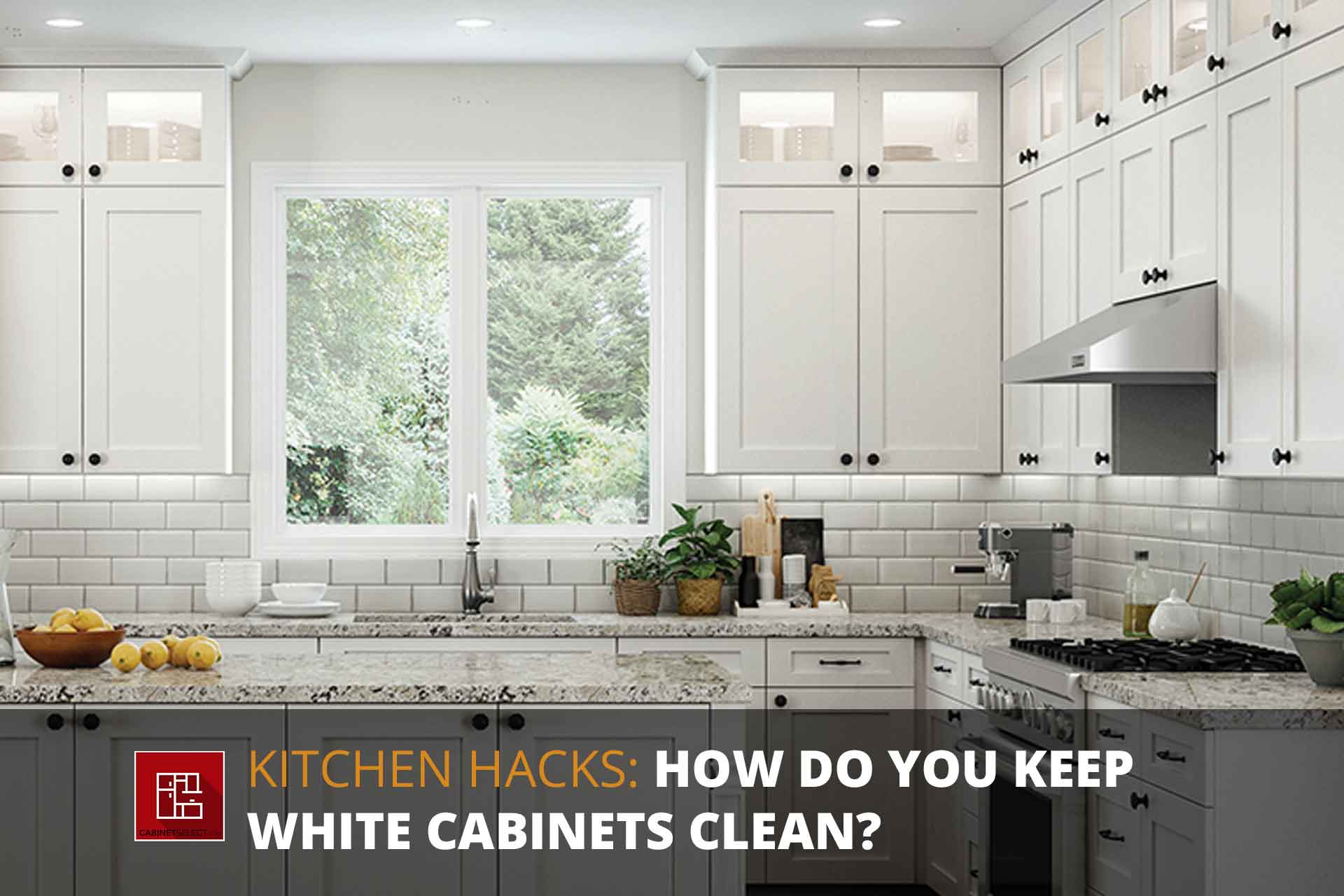Cleaning Solutions for White Laminate Cabinets: Best Way To Clean White Laminate Cabinets

Maintaining the pristine look of white laminate cabinets requires a thoughtful approach to cleaning. Choosing the right cleaning solution is crucial to avoid damaging the surface and ensuring a sparkling finish. Different solutions offer varying levels of effectiveness against different types of grime, and understanding their strengths and weaknesses is key to successful cleaning.
Comparison of Cleaning Solutions
The effectiveness of a cleaning solution depends heavily on the type and severity of the stain. Here’s a comparison of common cleaning options for white laminate cabinets:
| Solution | Effectiveness | Drawbacks | Safety Precautions |
|---|---|---|---|
| Mild Dish Soap | Effective for light dirt and grime; gentle on the surface. | May not remove stubborn stains; requires more scrubbing. | Avoid abrasive scrubbing; rinse thoroughly. |
| Baking Soda Paste | Good for mild stains and grease; mildly abrasive for scrubbing. | Can be abrasive if used excessively; may leave a residue if not rinsed well. | Test in an inconspicuous area first; rinse thoroughly. |
| Specialized Laminate Cleaners | Often formulated for specific types of laminate; generally effective and safe. | Can be more expensive than other options; may contain harsh chemicals. Always check the product label for specific instructions and warnings. | Follow manufacturer’s instructions carefully; ensure adequate ventilation. |
| Vinegar Solution (diluted) | Effective for some grease and water stains; natural and inexpensive. | May dull the shine over time with repeated use; not effective against all stains. | Always dilute with water (typically a 1:1 ratio); avoid prolonged contact. |
Pre-Treating Stubborn Stains
Pre-treating stubborn stains before applying your chosen cleaning solution significantly improves the chances of successful removal. Different stains require different approaches.
For grease stains, applying a small amount of baking soda paste directly to the stain and letting it sit for a few minutes before scrubbing can help break down the grease. For coffee spills, a quick wipe with a damp cloth followed by a mild dish soap solution is often sufficient. For marker marks, isopropyl alcohol (rubbing alcohol) applied gently with a cotton swab can be effective, but always test in an inconspicuous area first.
Step-by-Step Cleaning Guide (Using Mild Dish Soap)
This guide uses mild dish soap, a safe and effective option for regular cleaning.
- Gather your supplies: A soft sponge or microfiber cloth, a bowl of warm water, a small amount of mild dish soap, a clean rinse cloth, and a spray bottle filled with clean water.
- Prepare your cleaning solution: Add a small amount of dish soap to the warm water and mix gently.
- Dampen your sponge or cloth with the soapy water. Avoid soaking it excessively.
- Gently wipe down the cabinet surfaces, working in sections. Pay extra attention to areas with visible dirt or grime.
- Rinse the sponge or cloth frequently in clean water to remove dirt and soap residue.
- Once you’ve cleaned all surfaces, use a clean, damp cloth to rinse the cabinets thoroughly, removing all traces of soap.
- Finally, dry the cabinets with a clean, dry microfiber cloth to prevent water spots and ensure a streak-free finish.
Maintaining and Protecting White Laminate Cabinets

Keeping your white laminate cabinets looking their best involves a proactive approach to cleaning and protection. Regular maintenance prevents stubborn stains and damage, extending the life of your cabinets and maintaining their pristine appearance. A combination of consistent cleaning and the strategic use of protective coatings will ensure your cabinets remain a stylish and functional part of your kitchen for years to come.
Preventative Maintenance Schedule, Best way to clean white laminate cabinets
A well-structured cleaning schedule is crucial for maintaining the beauty of your white laminate cabinets. This schedule balances regular upkeep with less frequent, more intensive cleaning to address potential issues before they become significant problems.
- Daily Cleaning: Wipe down cabinet doors and surfaces with a damp microfiber cloth to remove any spills or fingerprints. This quick daily wipe-down prevents grime buildup.
- Weekly Cleaning: Use a gentle all-purpose cleaner diluted with water. Spray onto a microfiber cloth, not directly onto the cabinets, and wipe clean. Rinse with a clean, damp cloth and dry thoroughly to prevent water spots.
- Monthly Cleaning: Pay closer attention to details, such as handles, knobs, and corners, using a soft-bristled brush to remove any accumulated dirt. For tougher stains, try a paste of baking soda and water, gently scrubbing and rinsing thoroughly.
- Yearly Deep Cleaning: This involves a more thorough cleaning, including removing all items from the cabinets. Clean the interiors with a suitable cleaner, paying attention to shelves and any crevices. Vacuum or wipe down the cabinet exteriors with a slightly more aggressive cleaning solution (always test in an inconspicuous area first).
Applying Protective Coatings
While laminate is relatively durable, applying a protective sealant can significantly enhance its resilience against scratches, stains, and moisture damage. This is especially beneficial in high-traffic areas or kitchens where spills are common.
Applying a sealant is a straightforward process, but it’s crucial to follow the manufacturer’s instructions precisely. Generally, you’ll want to ensure the cabinets are thoroughly cleaned and completely dry before application. Apply the sealant evenly using a soft cloth or sponge, avoiding drips or heavy pooling. Allow ample drying time, as specified on the product label, before replacing any cabinet contents. Consider a water-based sealant for ease of application and cleanup. Remember to always test a small, inconspicuous area first to check for any adverse reactions or discoloration.
